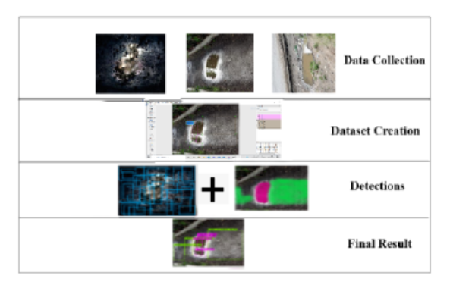


Indian Journal of Science and Technology
Year: 2023, Volume: 16, Issue: 5, Pages: 331-338
Original Article
Sonali Bhutad1, Kailas Patil1*, Nishad Khare2
1Department of Computer and Technology, Vishwakarma University, Pune, India
2Department of Computer Engineering, Pune Vidyarthi Griha’s College of Engineering and
Technology, Pune, India
*Corresponding Author
Email: [email protected]
Received Date:31 October 2022, Accepted Date:14 December 2022, Published Date:04 February 2023
Objective: Mosquito breeding site detection is crucial due to the colorization of water. Most systems fail to identify different types of stagnant water; hence, accurate water identification is essential. This study aims to devise an approach that can help increase the accuracy of detecting and distinguishing stagnant water from that of other wet surfaces. Methods: This work has proposed a technique using anchor boxes to reduce misclassification for detecting stagnant water. The images were collected for different types of water. The dataset was manually created by labeling images. Findings: We evaluated the proposed approach’s results and discovered that changing the anchor size and increasing training iterations on the dataset reduced misclassification by 89.20%. Novelty: The proposed method improves accuracy by using suitable anchor boxes to distinguish the water body from the wet surface. Unlike existing systems that are only capable of detecting a particular type of water; the improved YOLO V3 detects wet surfaces and different types of stagnant water due to training on a real-time customized dataset.
Keywords: Object detection; Stagnant water; Street-View images; Misclassification; Mosquito breeding site
© 2023 Bhutad et al. This is an open-access article distributed under the terms of the Creative Commons Attribution License, which permits unrestricted use, distribution, and reproduction in any medium, provided the original author and source are credited. Published By Indian Society for Education and Environment (iSee)
Subscribe now for latest articles and news.